Best 9 Activities to Do in Makkah Post-Umrah
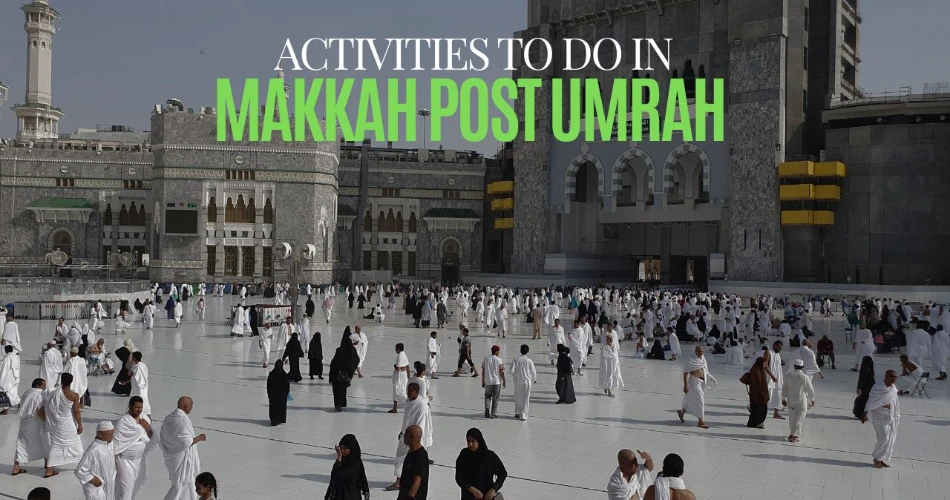
Pack up your spirituality and get ready to experience a different dimension of Makkah.
Umrah completion is one of the most spiritually uplifting experiences and one that leaves the mind at peace and hearts full. But the trip extends beyond tawaf! Makkah, the holiest city in Islam and home to millions of pilgrims every year, holds much more than sacred sites—it’s a place that is bathed in culture, quiet moments, and history. Makkah means so much more than its mosques and peaceful courtyards. It offers a range of myriad experiences, from the historical origins of hundreds of years of worship to the bustling souqs, stunning lookout points, and the hidden treasures of cultural pulse! In this blog, we’ve enlisted the best 9 things to do in Makkah after Umrah! Let’s get in!
Masjid Al Nimrah
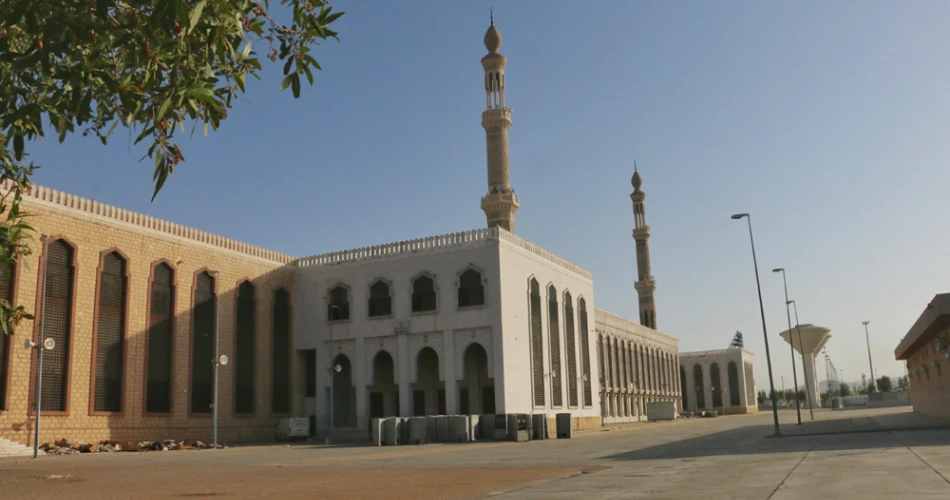
Masjid Al Nimrah is found in the Wadi Uranah area in Makkah, adjacent to the plains of Arafat. It is one of the most historically and religiously important mosques in Islam, constructed in the second century of the Islamic era, located at the site where the Prophet Muhammad delivered his famous farewell sermon. Masjid Al Nimrah is large and architecturally impressive, as it has 3 domes, 64 doors, 10 entrances, and 6 minarets, allowing it to hold over 350,000 worshippers. Masjid Al Nimrah is important for Hajj, as the Imam delivers his sermon here before the Dhuhr and Asr prayers, showing its importance as a landmark in Makkah.
Jabal al-Nour
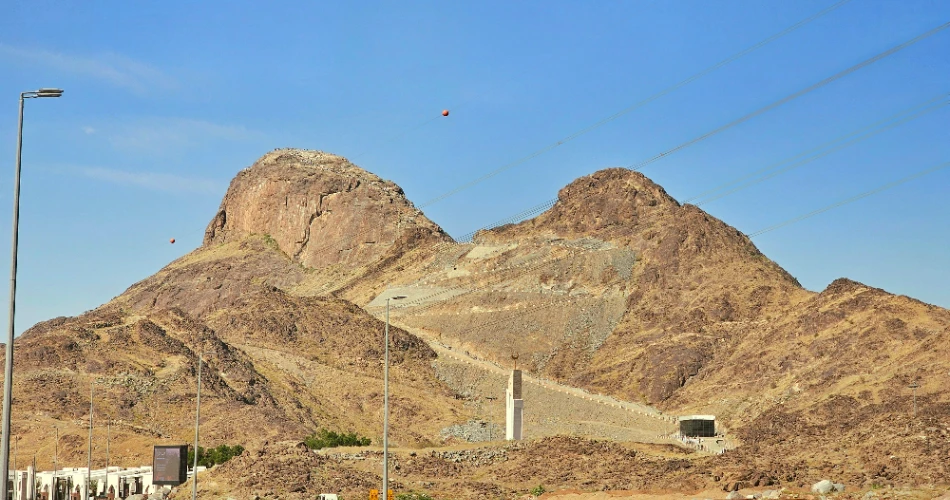
Set 634 meters above sea level, and about 4 kilometers from the Holy Kaaba, Jabal al-Nour is a significant site for pilgrims. Near the summit lies the Cave of Hira, where the Prophet Muhammad received the first divine revelation of the Holy Quran from Allah. The Prophet would often visit this cave to get away from the crowds, to relax, pray, and reflect. Jabal al-Nour is still an important site of Ziyarat in Makkah, as people from around the world visit the cave hoping to build their spiritual connection.
Jabal Thawr
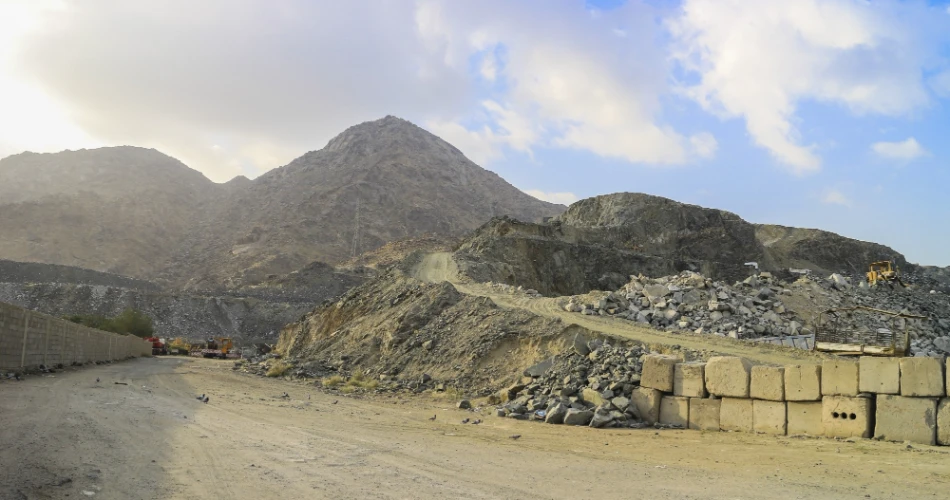
Jabal Thawr is one of the mountains of the sacred valley of Makkah, which has the revered Thawr cave, where the Prophet Muhammad and his best friend Abu Bakr took shelter for three days while escaping the Quraish tribe. By Allah's will, a spider spun its web over the mouth of the cave, which made it look like the cave had not been tampered with, causing the pursuers to leave. Jabal Thawr is about 12 km south of Makkah and is still an important site for pilgrims and visitors to visit on their spiritual Ziyarat.
Al Amoudi Museum
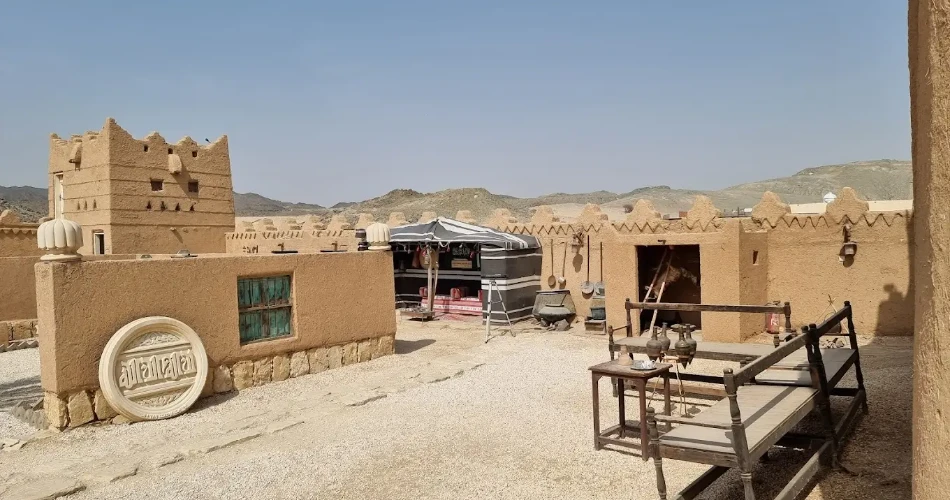
If you want a genuine glimpse into the everyday lives of ancient Arabian tribes, head to the Al Amoudi Museum. A mere 25 minutes from Masjid al-Haram, it provides a dynamic cultural experience that reveals how desert people lived centuries earlier. Here you’ll see how much unique culture can be experienced through the regular objects of day-to-day life, traditional art, ancient weapons, and real costumes. Significant components of Al Amoudi Museum's exhibits are on display, illuminating the past lifestyles of Arabian royalty, with an added twist; you can don the ancient dress and take lasting pictures for family or friends.
Kiswah Factory Museum
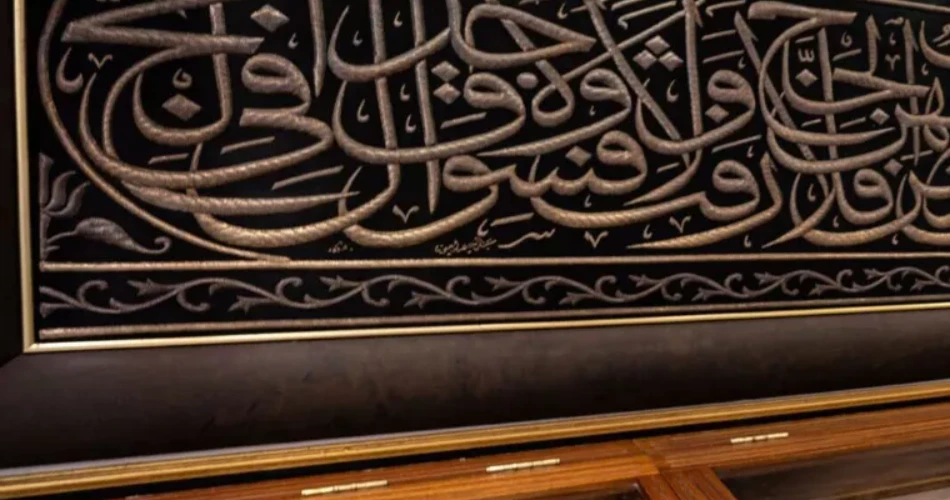
Visiting the Kiswah Factory Museums provides a rare opportunity to see how one of Islam’s most sacred fabrics is made and to observe the artisanal processes involved. The Kiswah and its components are handmade by over 200 master artisans, the fabric being woven silk, embroidery with gold being done by hand and machine, printing, and assembly can all be seen in person. Every step in this unique process can be seen during a self-guided tour, while you learn how these skillful hands work together to create the new Kiswa that later covers the Kaaba each year.
Masjid Al-Jinn
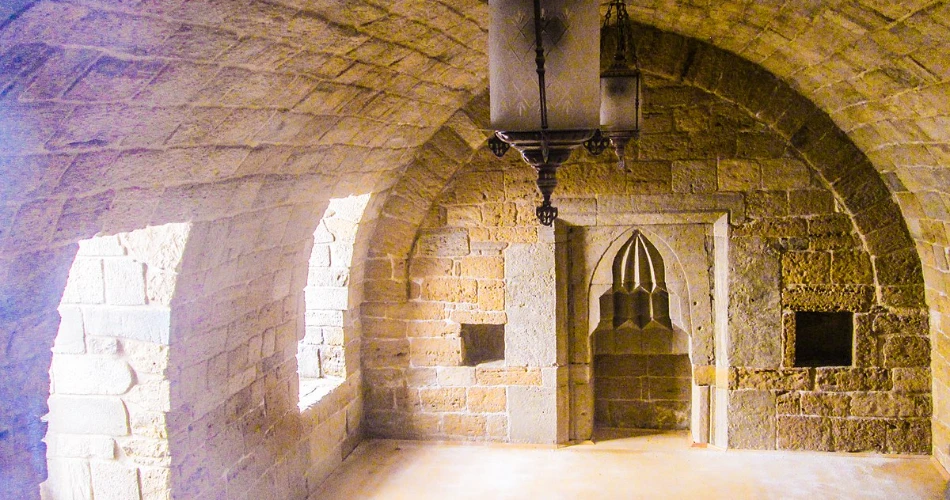
Masjid Al-Jinn is the very spot where a group of jinn accepted Islam after listening to the Quran being recited by the Prophet Muhammad SAW. Just to the north sits the Al Mualla Cemetery, Makkah's oldest and largest cemetery, a burial place of a few family members and companions of the Prophet Muhammad SAW, including Khadijah bint Khuwaylid (RA), Abd Manaf and Hashim, Abu Talib, and other early Muslims and Qurayshi nobles.
Hudaibiyah Camel Farm
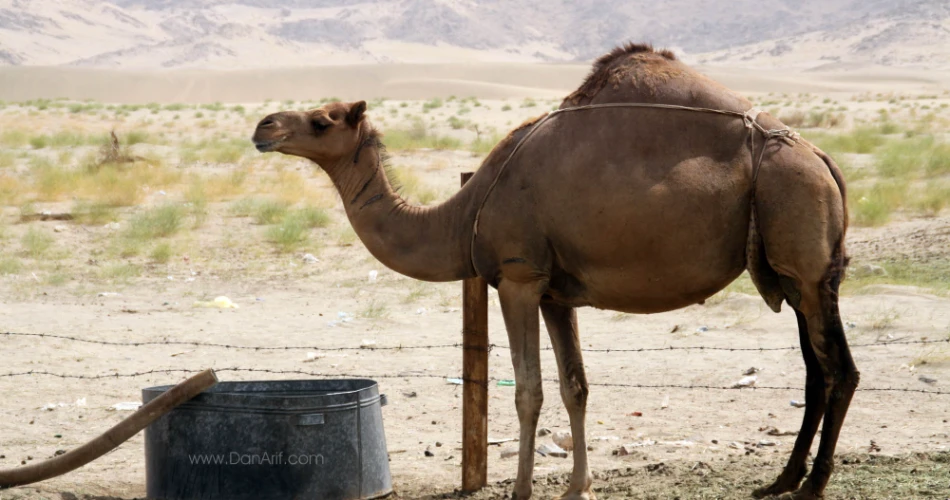
Located in Almorshediah at 27.4 km from Makkah, Hudaibiyah Camel Farm provides a view of the deep-seated traditions of Arabian life closely tied to camels. Here, you will learn about how camels are cared for, trained, and loved by their Bedouin community. Visitors can engage in all kinds of activities, including camel rides, feeding experiences, and guided tours, which help narrate how the farm operates. Hudaibiyah Camel Farm is peaceful with beautiful desert surroundings and stunning views for your camera, providing insight into Arabian culture and nature.
Hira Cultural District
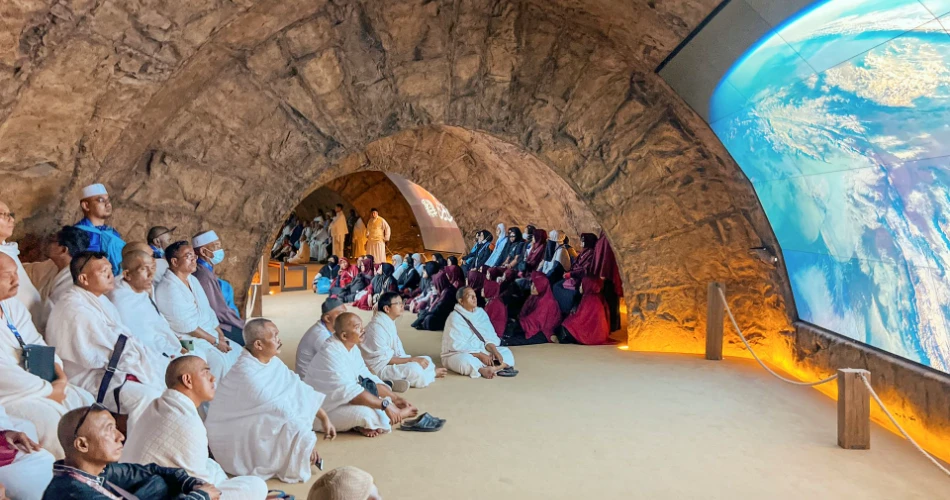
Located at the base of Jabal Al-Nour, adjacent to the Cave of Hira, the Hira Cultural District allows visitors to experience the story of revelation. The Revelation Gallery and the Museum of the Holy Quran both feature rare Quranic manuscripts and offer modern displays that reflect their influence around the world. A short walk from the Hira Cultural District in an upscale location near the Saudi Coffee Museum, which allows visitors to explore the kingdom’s unique coffee practices through brew preparation, aroma, and flavor. The Cultural Library in the Hira Cultural District features books, reference materials, and interactive exhibits about Makkah, Madinah, and the Prophet's life.
Museum of Makkah
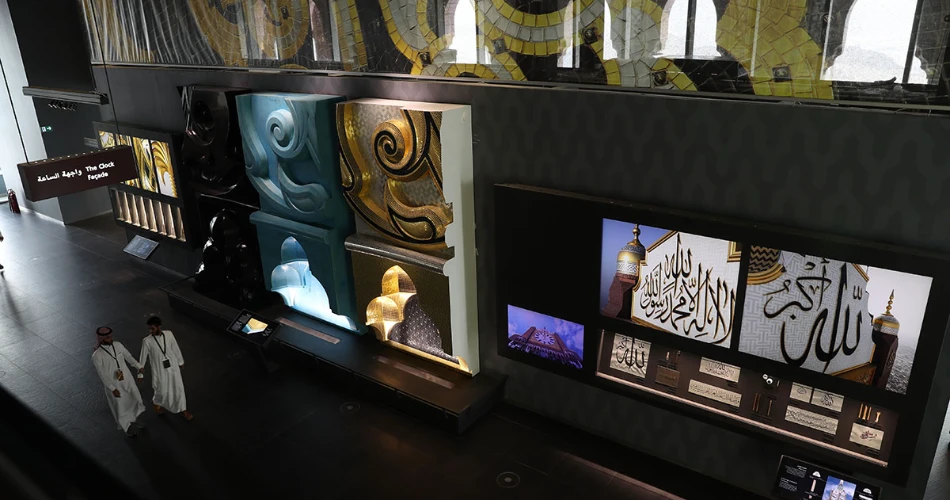
The displays are designed to allow visitors to experience the long history of Makkah and the beginnings of Islam. Inside the museum, visitors have access to historical galleries, gift stores, cafés, libraries, auditoriums, and many other displays. It includes seven large exhibition areas with more than 100,000 artifacts, including many centuries-old artifacts. Some of the highlights include rare manuscripts of the Holy Quran from different historical periods.
Planning an Umrah? Book your hotels from our curated list for a comfortable and convenient stay in Makkah!








